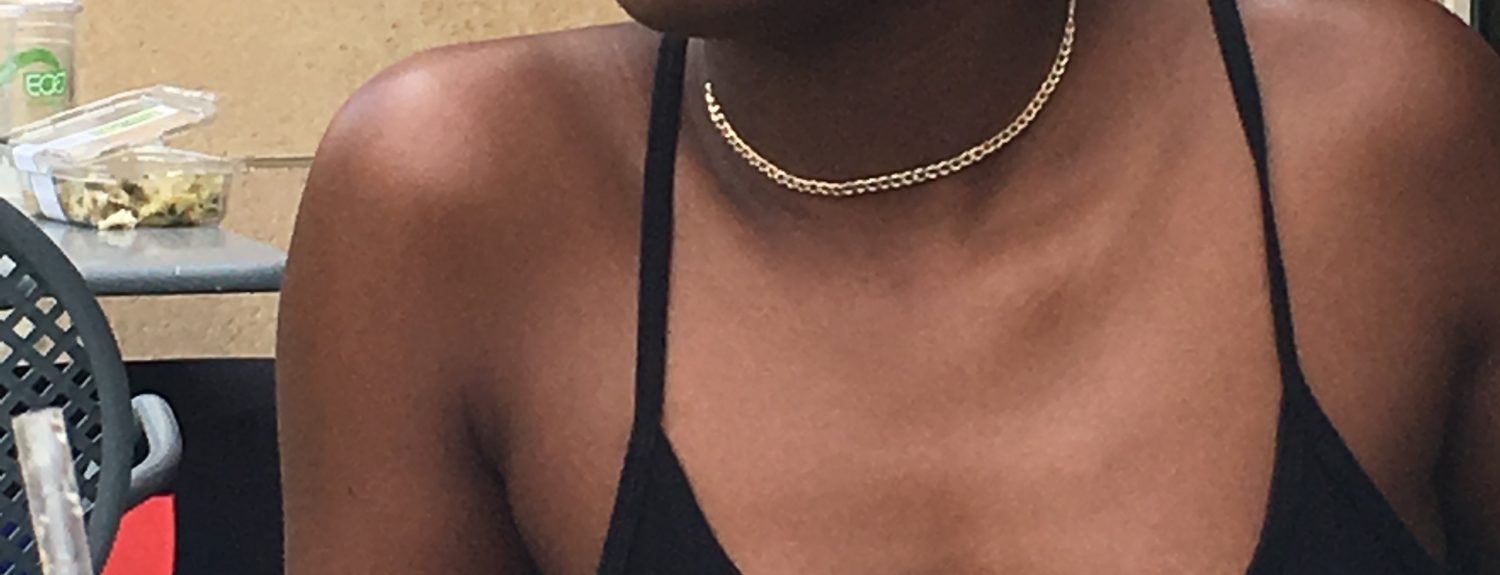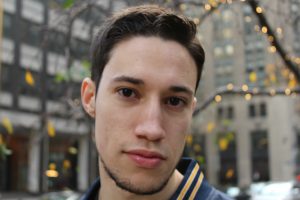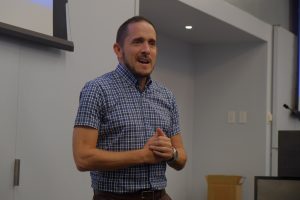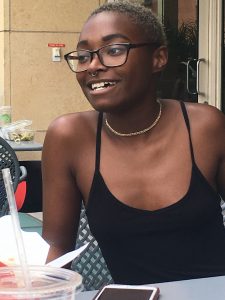Education
Fall ’16 Freshman Class Sets Diversity Record
By Melissa Denizard
Spectrum staff
As he applied last year to New York University, 18-year-old Justin Hernandez doubted he’d get enough money to pay for that $75,000-a-year education.
“‘Screw it. I probably won’t get any financial aid, but I’ll try,’” said Hernandez, a Latino whose mother is a cafeteria worker and whose father is a state government tax auditor, recalling his thoughts last year while applying to NYU.
The graduate of Union High School in Union, N.J., who did get $75,000 worth of scholarships, will be joining the most diverse freshman class in NYU’s history in fall 2016. Six percent of that expected incoming class is black, 14 percent is Latino, 30 percent is Asian and 35 percent is white, said Shawn Abbott, assistant vice president and dean of admissions at NYU. The rest are some other race.
“Diversity and excellence should be synonymous,” Abbott told The Spectrum. “A university cannot claim to be world-class without diversity.”
Diversity in college enrollment has been discussed and debated for decades. For example, in 1962, some whites rioted in protest when James Meredith became the first black man to attend the University of Mississippi at Oxford. In 2016, the U.S. Supreme Court ruled that the University of Texas could make race one of several factors used to determine who will be admitted.
As another sign that some institutions view student diversity as a good thing in a nation that is becoming more and more diverse, 100 campuses across the United States have hired “chief diversity officers,” wrote NYU education and history professor Jonathan Zimmerman in a July 2016 editorial in The Washington Post.
These days, NYU’s Abbott said, diversity is defined by race and other factors. “Most college universities, at this point, have broadened their definitions of diversity to mean far more [than] … race and ethnicity,” Abbott said, “to include … race and ethnicity, social class, citizenship status, religion and academic diversity.”
Incoming freshman Hernandez, who graduated with a 4.6 grade-point average and was ranked No. 5 in his senior class of 599 students, won NYU’s Dean’s Scholarship Grant Award. That removed a big financial barrier.
An annual price tag of $75,000 makes it “difficult for the university to truly reflect society,” Dean of Admissions Abbott said.
NYU does provide some financial aid based on a combination of a student’s economic need and academic merit, he said.
As an admissions officer, Abbott said he has been spending an increasing amount of time recruiting students from underrepresented communities. “We do more high school visits, staff more college fairs and host more programs on campus than ever before,” he said.
University administrators also know that students of color may be more likely to come from schools with fewer funds to devote to preparing students for the rigors of college. “If we are more aggressive in recruiting low-income students and if we are more aggressive in recruiting students from under-resourced schools,” Abbott asked, “are they going to be prepared to succeed at NYU?”
Hernandez, who plans to major in applied mathematics and economics, said he worries that he won’t be prepared for NYU’s courses: “My high school wasn’t considered to be a top school in the state or the country. The teachers tried their best, but they could’ve done more.”
Among the programs aimed at helping low-income students from under-resourced schools is Proud to be First. It matches students who are the first in their families to attend college with mentors, hosts academic and social events and schedules other programs designed to help students gain their footing.
Kiara Ventura, 20, a journalism and art history major who will be a junior at NYU this fall, didn’t participate in that program. But did she participate in NYU’s Higher Education Opportunity Program, which provides low-income students with financial aid, counseling, tutoring and other support once they arrive on campus.
“I’m proud to be a HEOP student,” Ventura said. “HEOP helped me adjust to life on campus.”
Diversity is more than a matter of numbers, some students said. Though NYU is making strides in enrollment, it also has a ways to go in other areas.
“In my major, there are only a handful of African American, Hispanic and Asian American students,” said Jenny, 19, who is studying bio-molecular science and will be a sophomore this fall. Fearing criticism from other students, she asked that her last name and photograph not be published.
On a recent day in a campus dining hall, she recounted what, for her, was an uncomfortable exchange about slave narratives in her expository writing class: “It doesn’t make me too comfortable when non-people of color are talking for people of color.”
Ryan, 19, a film major who also will be a sophomore this fall and didn’t want to be fully identified, chimed in: “It makes me uncomfortable when there aren’t people of color contributing to the conversation and, instead, there are white people talking about issues they don’t really understand.”
Likewise—despite HEOP’s advantages—Ventura said she found being a Latina on an elite, mostly white campus challenging. For one, she initially didn’t participate in classroom discussions at NYU, though she had been quite vocal at her mostly black and brown Harlem high school.
“I had no confidence in how I looked or sounded, compared to my white classmates,” said Ventura, who blogs for Woman’s Day magazine and spent summer 2016 as a social media intern at the Metropolitan Museum of Art. “There are many students at NYU who didn’t grow up around low-income or minority students. They don’t understand our financial difficulties. They haven’t lived the lifestyle that we’ve experienced.”
Tajayona Harris, 19, a NYU Tisch School of the Arts film major, said she notices the relative lack of non-white students on campus. But, she said, minority students should “just come anyway … I’m here because, if I want the entire film community to be diverse, then I have to get through this school myself and then offer a hand to more people” of color.





